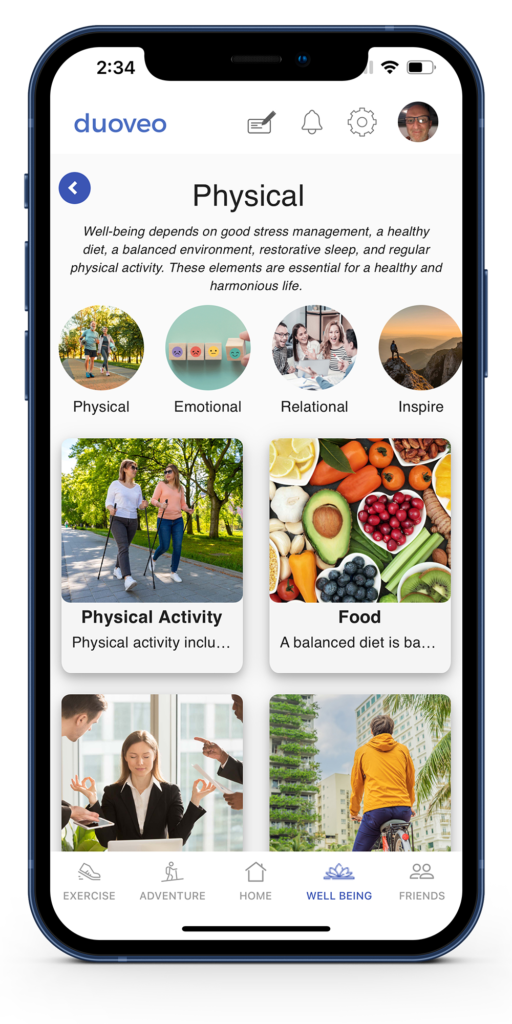When discussing well-being, it’s common to conflate mental well-being with emotional well-being. While interconnected, these two concepts have distinct characteristics that influence our overall health. Let’s delve into their nuances and explore both the differences between mental and emotional health as well as how to nurture both in our daily lives.
What is Mental Well-being?
Mental well-being refers to an individual’s ability to think clearly, focus, and solve problems. It encompasses cognitive and intellectual health, influenced by factors such as stress, sleep disorders, and dietary habits. Key aspects include:
- Mental Clarity: The ability to organize thoughts and make informed decisions.
- Cognitive Resilience: The capacity to overcome intellectual or psychological challenges.
- Stress Management: Recognizing and mitigating stressors that impact cognitive functions.
A mentally healthy individual can remain composed in complex situations, reason logically, and adapt constructively to change.
What is Emotional Well-being?
Emotional well-being pertains to our feelings and our capacity to understand, express, and manage them. It’s foundational to our relationship with ourselves and others. Essential components include:
- Emotional Intelligence: Recognizing and naming one’s own emotions and those of others.
- Emotional Regulation: Balancing emotional reactions in various life situations.
- Emotional Resilience: Bouncing back after disappointments, failures, or losses.
Someone with robust emotional well-being embraces all emotions, even discomforting ones, without suppressing or being overwhelmed by them.
Fundamental Differences between mental and emotional health
- Cognitive vs. Affective: Mental well-being is linked to cognitive functions like memory and concentration, whereas emotional well-being focuses on feelings and affective responses.
- Performance Metrics: Mental health is often gauged by productivity and problem-solving efficiency; emotional health relates more to the quality of relationships and the ability to experience joy in simple moments.
- Sources of Imbalance: Factors like intellectual overexertion or neuropsychological disorders can disrupt mental well-being. In contrast, emotional injuries, interpersonal conflicts, or traumas predominantly affect emotional well-being.
Interconnection
Despite their differences, mental and emotional well-being are deeply intertwined. Emotional disturbances, such as chronic anxiety, can impair cognitive abilities. Conversely, prolonged cognitive stress can destabilize emotional equilibrium.
Bridging the Two Dimensions
Now that we understand the differences between mental and emotional health, achieving holistic well-being requires nurturing both. Practical strategies include:
- Mindfulness Practices: Techniques like meditation help calm the mind and foster a deeper connection with one’s emotions.
- Physical Exercise: Regular activity enhances cognitive functions and releases endorphins that support emotional balance.
- Cultivating Healthy Relationships: Positive interactions boost self-esteem and enhance conflict-resolution skills.
- Seeking Professional Support: Therapy or coaching can provide insights into the interplay between mind and emotions.
Why Differentiate Between the Two?
Understanding the differences between mental and emotional health allows for targeted self-care approaches. It aids in:
- Reducing the risk of misdiagnosing specific issues.
- Implementing tailored strategies for each aspect.
- Promoting comprehensive and sustainable health.
Contemporary Challenges
In today’s digital age, both mental and emotional well-being face unique challenges. Information overload can tax our cognitive resources, while online interactions might intensify emotional struggles. Adopting routines that support both pillars, such as limiting screen time and practicing gratitude, is essential.
Towards Sustainable Balance
While mental well-being provides clarity for our path, emotional well-being adds depth and color to our journey. By distinguishing and nurturing both dimensions, we pave the way for a more serene, connected, and fulfilling life.
Sources:


